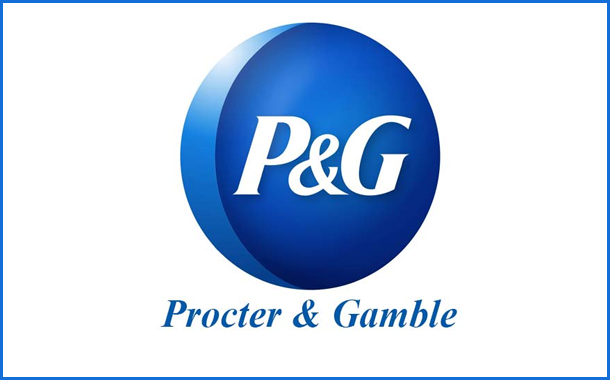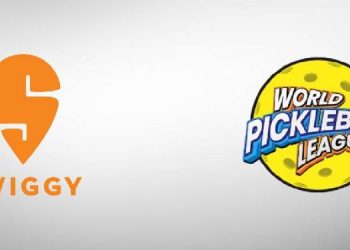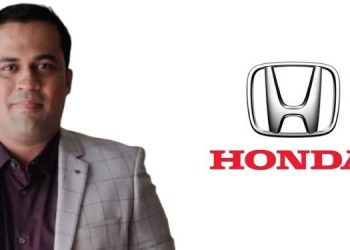FMCG major Procter & Gamble (P&G) will be undertaking several organisation changes to simplify the management structure and further increase focus, agility and accountability.
Starting from 1st July 2019, it will operate through six industry-based sector business units (SBUs) for the largest geographic markets, which account for about 80% of company sales.
The SBUs will be responsible for all facets of the business in markets including consumer understanding, product and package innovation, brand communications, selling and retail execution, and supply chain.
The SBUs will also offer innovation plans and operating frameworks to drive growth and value creation in those markets. Meanwhile, responsibility for the remaining markets will be organised into a separate unit with sales, profit, and value creation responsibility. According to the press statement, the intent is to provide the remaining markets with “executional freedom”, with just enough framework, to ensure their success. The CEOs of the SBUs will report to David Taylor, chairman, president and chief executive officer of P&G.

CFO Jon Moeller will expand his responsibilities, as part of the organisational changes, to include the operations side of the company, taking on the dual role of vice chairman, chief operating officer.

Moeller will be responsible for markets beyond those managed directly by the SBUs, market operations providing scaled market services and functions that support operations. He will also continue reporting to Taylor.
In the meantime, P&G said it will continue to reduce the level of corporate resources, shifting about 60% of corporate work to the business units and the markets. It will also retain a core set of corporate resources required to maintain the health, viability and sustainability of the corporation, such as back-office operations, governance and stewardship. In particular, P&G will retain its Corporate Research and Development group that invents upstream platform technologies to benefit multiple businesses and opens opportunities for P&G to get into entirely new businesses.

According to P&G, this structure supports continued focus on areas including the streamlined portfolio of 10 product categories, ongoing efforts to move resources closer to the consumers and customers it serves, and supplementing internal talent with skilled, experienced external hiring.
“To deliver growth for P&G share owners, we are accelerating the pace of change and stepping up execution to meet the challenges of today’s dynamic world. We are leading constructive disruption across the entire value chain, creating a more focused, more agile and more productive company designed to win with consumers at the speed of the market,” Taylor said.
He added that P&G remains focused on “creating and extending noticeable superiority” of its brands, driving productivity improvement and cost savings to fuel investments and margin, and transforming P&G’s organisation and culture.

















